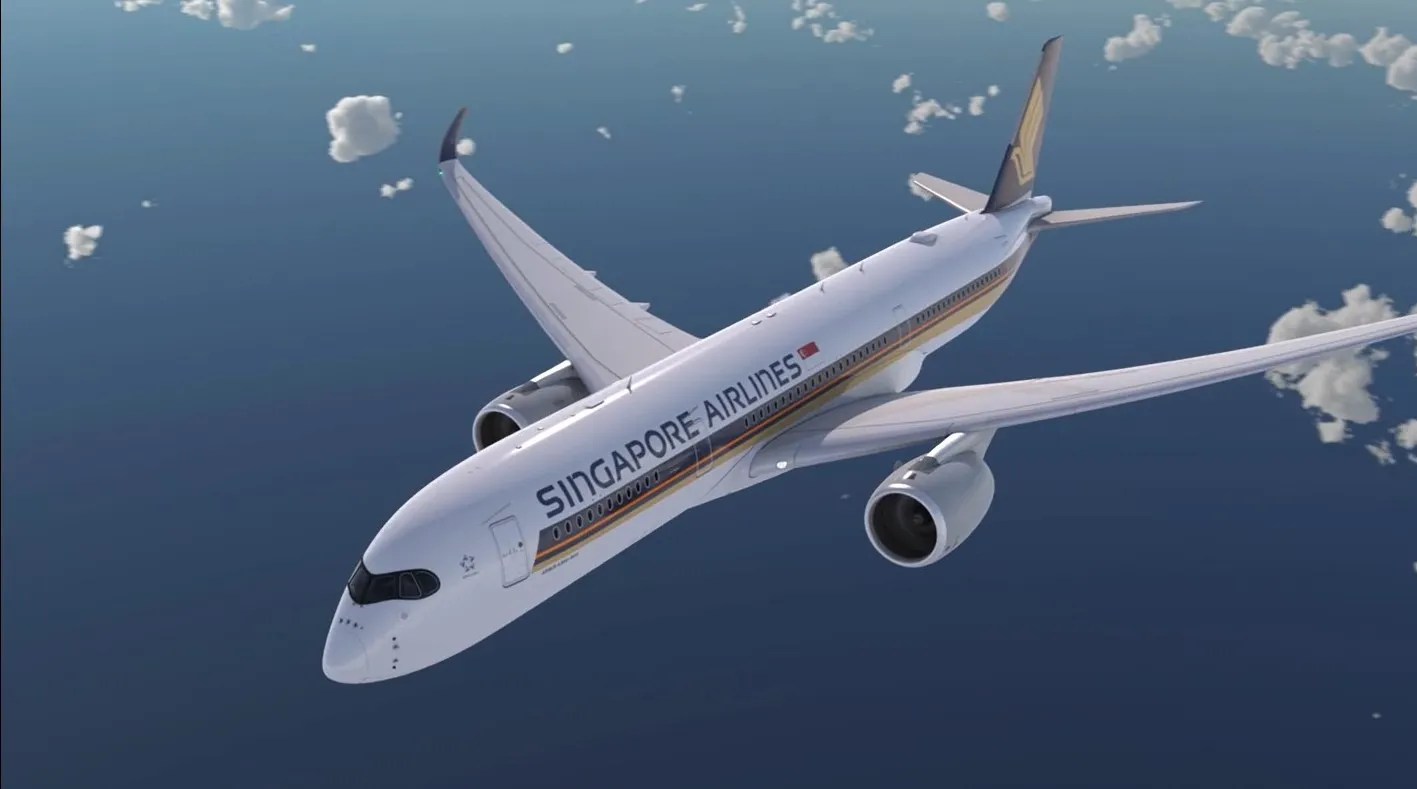
Singapore Airlines selects SITA tool to cut carbon emissions
Oct 12, 2022

Singapore Airlines has partnered with SITA to implement a new tool aimed at reducing carbon emissions across its operations. This innovative solution leverages advanced technology to analyze and optimize flight paths, ultimately enhancing fuel efficiency and minimizing environmental impact. By integrating this tool into its operational framework, the airline aims to contribute to global sustainability efforts while maintaining its commitment to exceptional service. The collaboration reflects Singapore Airlines' ongoing dedication to adopting cutting-edge practices that promote greener aviation and align with international carbon reduction goals, positioning the airline as a leader in environmentally responsible travel.
Singapore Airlines' Commitment to Sustainability
In a world increasingly focused on sustainability, Singapore Airlines is making significant strides in reducing its carbon footprint. The airline has recently selected the innovative SITA tool, a cutting-edge technology designed to enhance operational efficiency while simultaneously cutting carbon emissions. This decision aligns with Singapore Airlines' broader environmental goals and commitment to sustainable aviation.
The SITA Tool: A Game Changer for Airlines
The SITA tool employs advanced analytics and real-time data processing to help airlines optimize flight routes and reduce fuel consumption. By analyzing various parameters such as weather conditions, air traffic, and aircraft performance, Singapore Airlines can make informed decisions that lead to lower emissions. The adoption of this technology represents a pivotal shift in how the airline approaches sustainability.
Understanding Carbon Emissions in Aviation
Aviation is known to contribute significantly to global carbon emissions. In fact, the aviation industry accounts for approximately 2-3% of total global emissions. As such, initiatives like the one undertaken by Singapore Airlines are crucial in combating climate change. By integrating the SITA tool, Singapore Airlines aims to reduce its overall carbon emissions, aligning with international targets set out in agreements like the Paris Agreement.
Operational Efficiency: The Key to Reducing Emissions
Operational efficiency is essential not just for reducing costs but also for minimizing environmental impact. The SITA tool helps Singapore Airlines improve its operational metrics in several ways:
| Metrics | Before SITA Tool | After SITA Tool |
|---|---|---|
| Average Fuel Consumption | 3,500 liters/flight | 3,200 liters/flight |
| CO2 Emissions | 9,000 kg/flight | 8,500 kg/flight |
| Flight Delay (Average) | 20 minutes | 10 minutes |
As indicated in the table above, the integration of the SITA tool has already shown promising results in fuel consumption and CO2 emissions per flight. Such improvements not only benefit the environment but also enhance customer satisfaction through timely arrivals and departures.
Long-Term Goals of Singapore Airlines
Singapore Airlines has set ambitious targets for reducing its carbon footprint over the next decade. The airline aims to achieve a 50% reduction in net emissions by 2050 compared to 2005 levels. The implementation of the SITA tool is just one step in a series of initiatives designed to meet these goals. Other measures include investing in more fuel-efficient aircraft and exploring sustainable aviation fuels (SAFs).
Collaboration and Industry Leadership
Singapore Airlines understands that collaboration is essential for widespread change in the aviation industry. By partnering with SITA and other stakeholders, the airline is positioning itself as a leader in sustainability. This collaborative approach not only enhances the effectiveness of its initiatives but also encourages other players in the industry to adopt similar measures.
The Role of Technology in Future Aviation
As the aviation industry continues to evolve, the role of technology becomes increasingly important. The SITA tool exemplifies how technology can be harnessed to foster sustainability. It opens the door to a future where airlines can leverage data analytics to make environmentally conscious decisions. This trend is not just limited to Singapore Airlines but is becoming a standard practice across the industry.
Conclusion: A Bright Future Ahead
In conclusion, Singapore Airlines' selection of the SITA tool represents a significant step toward reducing carbon emissions and enhancing operational efficiency. By embracing technology and setting clear sustainability goals, the airline is paving the way for a greener future in aviation. As more airlines follow suit, the collective impact on global carbon emissions could be transformative, contributing to a more sustainable world.
As travelers become increasingly aware of their carbon footprints, they are likely to favor airlines that prioritize sustainability. Singapore Airlines is ahead of the curve, demonstrating that it's possible to maintain exceptional service while also being environmentally responsible. With continued efforts and innovations like the SITA tool, the airline industry can move towards a more sustainable future, ensuring that air travel remains accessible for generations to come.
Related Articles

Explore Thailand: The Best Islands to Visit for Paradise, Adventure, and Relaxation

The Ultimate Guide to the Best Islands in Thailand for Your Next Getaway

Do babies need passports? How to get a passport for a newborn

How to get a U.S. passport fast: here’s how to expedite the process

What is Mobile Passport Control: 5 reasons why you should use it

SENTRI vs. Global Entry: A detailed guide

Do you need a passport to go to the Bahamas? Let’s find out

Do you need a passport to go to Mexico? A detailed guide

Do you need a passport to go to Canada? We got the answer

Do You Need a Passport for a Cruise: An Essential Travel Guide

Booster Seat Requirements: All the Rules to Follow in Your Rental Car

What Are the World’s Most Powerful Passports, and How Does Yours Rank?

How to Take a Passport Photo at Home: A Helpful Guide

You've got to have heart! Southwest's new livery

Your opinion: Should water be free on low cost carriers?

Young women bolder than guys as solo travellers
